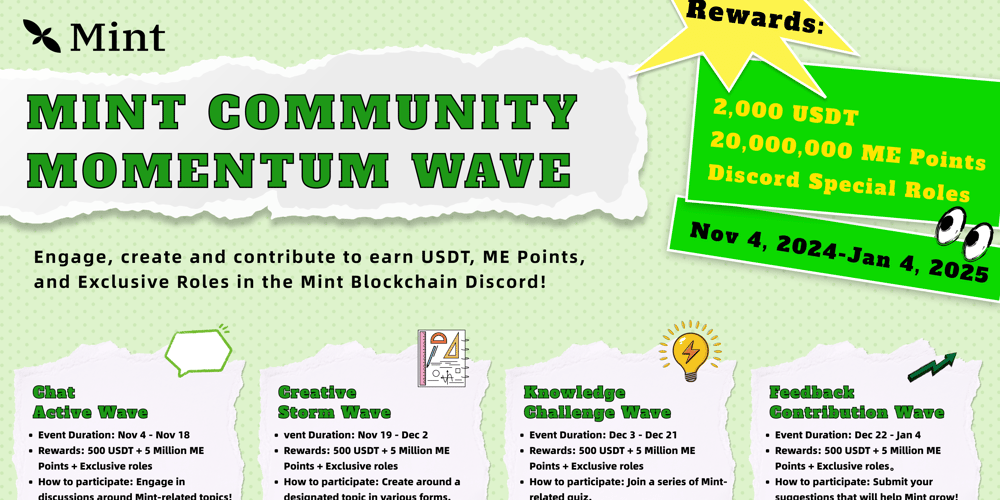<!DOCTYPE html>
Navigating the Labyrinth: Common Web Scraping Roadblocks and Solutions
<br> body {<br> font-family: sans-serif;<br> }</p> <div class="highlight"><pre class="highlight plaintext"><code> h1, h2, h3 { margin-top: 2em; } code { background-color: #f0f0f0; padding: 2px 5px; font-family: monospace; } pre { background-color: #f0f0f0; padding: 10px; font-family: monospace; overflow-x: auto; } img { max-width: 100%; height: auto; display: block; margin: 1em auto; } .code-block { margin: 1em 0; } </code></pre></div> <p>
Navigating the Labyrinth: Common Web Scraping Roadblocks and Solutions
In the digital age, data is king. From market research to competitive analysis, web scraping has become an invaluable tool for extracting valuable information from the vast expanse of the internet. However, the journey of scraping data can be fraught with challenges. This article dives deep into the common roadblocks encountered by web scrapers and provides comprehensive strategies to overcome them.
Introduction to Web Scraping
Web scraping is the automated process of extracting data from websites. It involves sending requests to web servers, parsing the HTML content, and extracting the desired data. This data can then be used for various purposes, including:
-
Market research
: Analyzing competitor pricing, product availability, and customer sentiment. -
Price monitoring
: Tracking competitor prices and adjusting pricing strategies accordingly. -
Lead generation
: Gathering contact information from websites for marketing campaigns. -
Data analysis
: Collecting data for research projects and scientific studies.
While web scraping offers numerous benefits, it also comes with its share of challenges. Understanding and overcoming these roadblocks is crucial for successful data extraction.
Common Web Scraping Roadblocks
- Website Anti-Scraping Measures
Websites often employ measures to deter automated scraping, including:
- Rate Limiting : Restricting the number of requests per time period from a single IP address.
- CAPTCHA : Requiring users to complete a visual challenge to verify they are human.
- IP Blocking : Blocking requests from known scraper IP addresses.
- JavaScript Rendering : Dynamically loading content with JavaScript, making it difficult for traditional scrapers to access.
- Content Obfuscation : Hiding or disguising data to make it harder to extract.
Websites increasingly rely on JavaScript to load content dynamically. This means that the initial HTML response may not contain all the desired data. Traditional scrapers that parse static HTML will fail to capture this dynamic content.
Web page structures can be inconsistent, making it challenging to extract the desired data reliably. Websites might change their layout or content structure, breaking existing scrapers.
Web scraping can raise ethical and legal concerns. It's crucial to adhere to websites' terms of service, respect their robots.txt file, and avoid overwhelming their servers with excessive requests.
Avoiding the Roadblocks: Strategies and Techniques
- Read the robots.txt file : This file outlines which parts of the website are accessible for scraping. Respecting these rules is crucial for avoiding legal issues.
- Adhere to the website's terms of service : Understand the website's policies on scraping and ensure your scraping activities comply with them.
- Limit your scraping frequency : Avoid overwhelming the website's servers with too many requests in a short period.
- Use a user agent : Identify yourself as a human user rather than a scraper to avoid triggering anti-scraping measures.
- Rotate IP addresses : Use a proxy server or a proxy network to distribute requests across multiple IP addresses, avoiding rate limiting.
- Handle CAPTCHAs : Use a CAPTCHA solver service or implement image recognition techniques to automate CAPTCHA resolution.
- Use a headless browser : A headless browser like Puppeteer or Selenium executes JavaScript code and renders the website dynamically, allowing you to extract data from dynamically loaded content.

- Use a headless browser : A headless browser allows you to execute JavaScript code and render the webpage fully, capturing dynamically loaded content.
- Extract data from AJAX requests : Identify and intercept AJAX requests made by the website to load dynamic content. These requests often contain the desired data in JSON format.
- Use a web scraping library : Libraries like Beautiful Soup and Scrapy provide tools for parsing HTML and extracting data. They can handle dynamic content by leveraging JavaScript execution engines or AJAX request parsing.
Ensuring Data Consistency and Structure
- Use XPath and CSS selectors : These powerful tools allow you to target specific elements on the web page, ensuring consistent data extraction even if the layout changes.
- Develop robust error handling : Implement error handling mechanisms to catch unexpected scenarios like website changes or network errors. This ensures the scraper continues running even when encountering issues.
- Use data cleaning and transformation techniques : Clean and normalize extracted data to remove inconsistencies and make it suitable for analysis.
Step-by-Step Guide to Web Scraping
Example: Scraping Product Information from an E-commerce Website
This example demonstrates how to scrape product information from an e-commerce website using Python and the Beautiful Soup library.
from bs4 import BeautifulSoup
import requests
# Define the URL of the product page
url = 'https://www.example.com/product/12345'
# Send a request to the URL
response = requests.get(url)
# Parse the HTML content
soup = BeautifulSoup(response.content, 'html.parser')
# Extract the product title
product_title = soup.find('h1', class_='product-title').text
# Extract the product price
product_price = soup.find('span', class_='product-price').text
# Print the extracted data
print('Product Title:', product_title)
print('Product Price:', product_price)
Conclusion
Navigating the complexities of web scraping requires understanding the common roadblocks and employing the right strategies to overcome them. Respecting website policies, handling anti-scraping measures, efficiently processing dynamic content, and ensuring data consistency are crucial aspects of successful web scraping. By implementing these techniques and best practices, web scrapers can effectively extract valuable data from the internet, unlocking a treasure trove of insights for various applications.



















